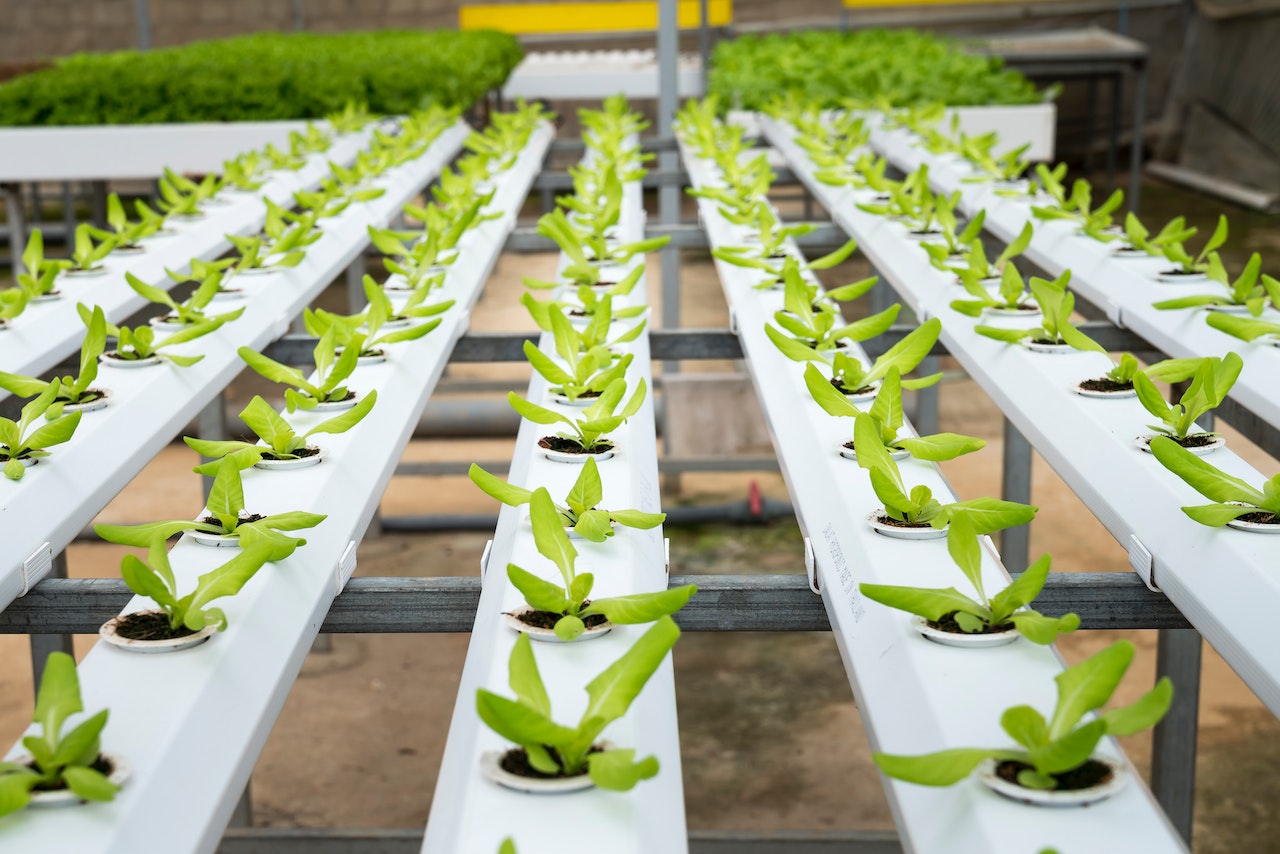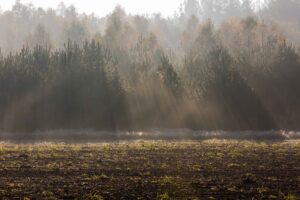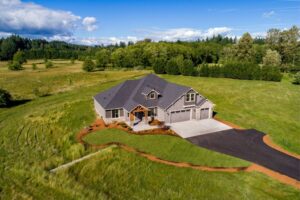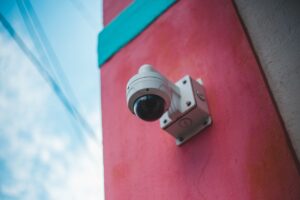Connected devices have infiltrated every part of our lives as a result of the Internet of Things’ (IoT) This is due to the increasing adoption, from smart cities and industrial IoT to health and fitness, home automation, automotive, and logistics.
Nowadays, conventional farming techniques are inadequate to supply this demand. It has become essential to innovate in order to create answers to these pressing issues.
Fortunately, there are a number of clever solutions provided by the Internet of Things (IoT) that can assist in resolving these issues.
With its capacity to maximize resources, decrease waste, and boost agricultural productivity, smart agriculture is already having a significant impact on the industry. Here are some instances of the IoT’s application in agriculture.
1. Climate Conditions
Farming is largely dependent on the climate. Additionally, poor climate knowledge seriously impairs both the quantity and quality of crop production. However, IoT solutions let you know the current weather conditions. The agricultural fields have sensors installed both inside and outside of them. They gather environmental information that is used to determine the best crops for the specific climatic conditions.
The entire Internet of Things (IoT) ecosystem is made up of sensors that are highly accurate at detecting real-time meteorological conditions like humidity, rainfall, temperature, and more. Numerous sensors are available to detect each of these factors and can be set up to meet your needs for smart farming. These sensors keep an eye on the crops’ health and the surrounding weather. An alarm is sent if any unsettling weather is discovered. The requirement for physical presence during unfavorable weather conditions is eliminated, which eventually boosts productivity and enables farmers to gain more agricultural benefits.
2. Crop Monitoring
Sensors, drones, and satellites are used in crop monitoring to track crop health and locate areas that need attention. Crop health data, humidity, rainfall, temperature, and other information are all included in crop monitoring systems.
Sensors can identify issues early and assist farmers in choosing the best times to plant and harvest crops.
3. Greenhouse Automation
IoT has made it possible for weather stations to automatically change the climate conditions in accordance with a specific set of instructions, making our greenhouses smarter. The usage of IoT in greenhouses has eliminated the need for human interaction, which reduces costs and boosts accuracy throughout the process. For instance, creating modern, affordable greenhouses using IoT sensors powered by solar energy. These sensors gather and send real-time data that is used to precisely track the state of the greenhouse in real-time. The sensors allow for the monitoring of greenhouse conditions and water use via emails or SMS warnings. IoT is utilized for automatic and intelligent irrigation. Information on the pressure, humidity, temperature, and light levels is provided in part by these sensors.
4. Precision Farming
One of the most well-known uses of IoT in agriculture is precision agriculture/farming. By using smart farming applications including animal monitoring, vehicle tracking, field observation, and inventory monitoring, it improves the farming practice’s precision and control. Precision farming aims to assess data produced by sensors and respond appropriately. With the aid of sensors, precision farming enables farmers to collect data, analyze it, and make quick, informed decisions. Numerous precision farming methods, including livestock management, vehicle tracking, and irrigation management, all contribute significantly to raising productivity and effectiveness. You can analyze soil conditions and other relevant parameters with the use of precision farming to improve operational effectiveness.
5. Predictive Analytics for Smart Farming
Predictive data analytics and precision agriculture go hand in hand. Despite the fact that IoT and smart sensor technology are a gold mine for extremely relevant real-time data, using data analytics enables farmers to make sense of it and make key forecasts.
This is fundamentally very dependent on weather, is made more controlled and predictable with the aid of data analytics tools.
6. End-To-End Farm Management Systems
The so-called farm productivity management systems can be regarded as an example of a more complex approach to IoT products in agriculture. They often comprise numerous on-site sensors and IoT devices for agriculture, as well as a robust dashboard with analytical tools and built-in accounting and reporting functions.
This enables remote farm monitoring and streamlines the majority of commercial processes.
Other notable opportunities include vehicle tracking (or even automation), storage management, logistics, etc., in addition to the IoT agriculture use cases that have been listed.
IOT Devices for Farming:
1. WiFi Smart Weather Station
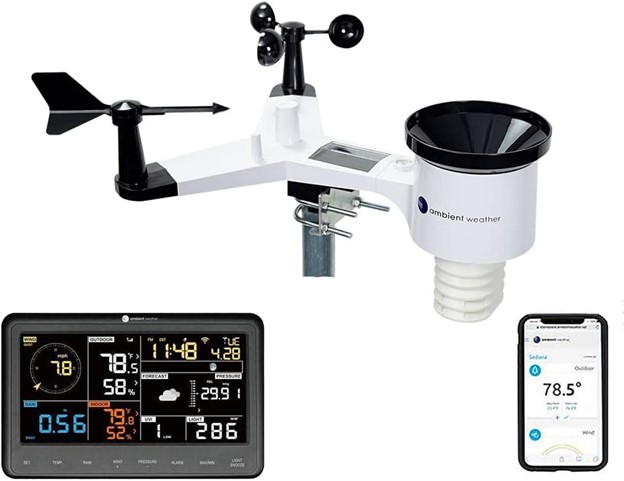
- Allows you to monitor your home and backyard weather conditions with brilliant, easy-to-read LCD color display
- Wireless all-in-one integrated sensor array measures wind speed/direction, temperature, humidity, rainfall, UV and solar radiation.
- Supports both imperial and metric units of measure.
- Enhanced Wi-Fi connectability option that enables your station to transmit its data wirelessly to the world’s largest personal weather station network
- Pole Mount and 3 x AAA batteries not included
2. GPS Based Performance Meter

- Uses high speed GPS satellites to accurately measure your vehicles performance within 1/10th of a second. This produces identical results to the VBOX system, in a less expensive package. The Dragy software automatically charts slope on all timeslips.
- You can then post to forums or social media, share with friends, or even upload to the Dragy leader board.
- The Dragy box is extremely compact at 1″ x 3″ and can be set on the dash when testing and throw in the glove box or center console when not in use.
3. Wireless Thermometer/Hygrometer
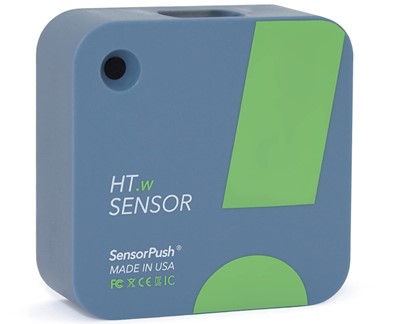
- Premium sensing component with accuracy of ±2%RH, ±0.2°C / 0.36°F. Professional-grade components, assembled in America into devices you can trust. The device is easily calibratable to a trusted reference, or try the SensorPush HTP.xw for even greater out-of-the-box accuracy. Whichever SensorPush you choose, you’ll enjoy reliable, quality monitoring of environmental conditions including air temperature, relative humidity, dewpoint and VPD
- Water-resistant splash-proof and weatherproof design protects sensor from rain and dust. The HT.w is at home just about anywhere.
- Line of sight Bluetooth range of 325 feet keeps you up to date, even on the other side of your home. The small size, convenient mounting slot, and long battery life (typically over 2 years) simplify placing one or multiple sensors wherever they are needed most
- Easy one-time setup with our beautifully designed, free app (iOS or Android). Quickly view a digital summary of current conditions for your entire system of connected SensorPush devices. Drill deeper with integrated data logging and graphing with 45 days of storage on the sensor and unlimited in-app storage for unlimited devices. Export any data recording to CSV for analysis or archival with Excel, Google Sheets, etc, and calibrate with ease.
4. WiFi Thermometer Hygrometer
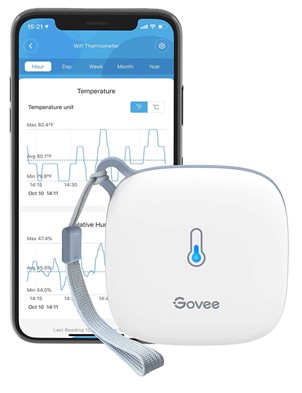
- Easily monitor temp and humidity data in real time from anywhere. With stable WiFi and Bluetooth connection via the Govee Home app, you’ll have more opportunities to react to changes in your air quality (not support 5G WiFi).
- Fast & Accurate: Equipped with a Swiss made sensor, this WiFi thermometer provides precise readings. Temperature is accurate to ±0.54℉/±0.3℃, and humidity is ±3%RH. By refreshing every 2s, you’ll stay regularly updated. Now supports widget function.
- Set preset temp and humidity ranges. You will receive an app alert immediately whenever levels fall out of that range. This helps you react faster to sudden changes in your basement, greenhouse, etc. Only supports Bluetooth settings.
- Enjoy 20 days of online data storage view and export up to 2 years’ worth of data seen through clear historical trends and graphs.
- Easy to Place: With the lanyard loop, you can easily place this room thermometer anywhere. Package contents 1 x Govee WiFi Temperature Sensor, 1 x Lanyard Loop, 1 x User Manual.
IoT-enabled agriculture has aided in the application of cutting-edge technical answers to age-old problems. This has made it easier to reconcile production, quality, and yield. You can guarantee swift action and reduced harm to the crops by data ingested. This is by acquiring and importing information from the many sensors for real-time usage or storing in a database. Produce is processed more quickly and arrives to supermarkets in the shortest amount of time feasible thanks to seamless end-to-end intelligent operations and enhanced business process execution.
Interested in starting a farm business? Check out these beautiful properties for sale in Virginia and North Carolina!

